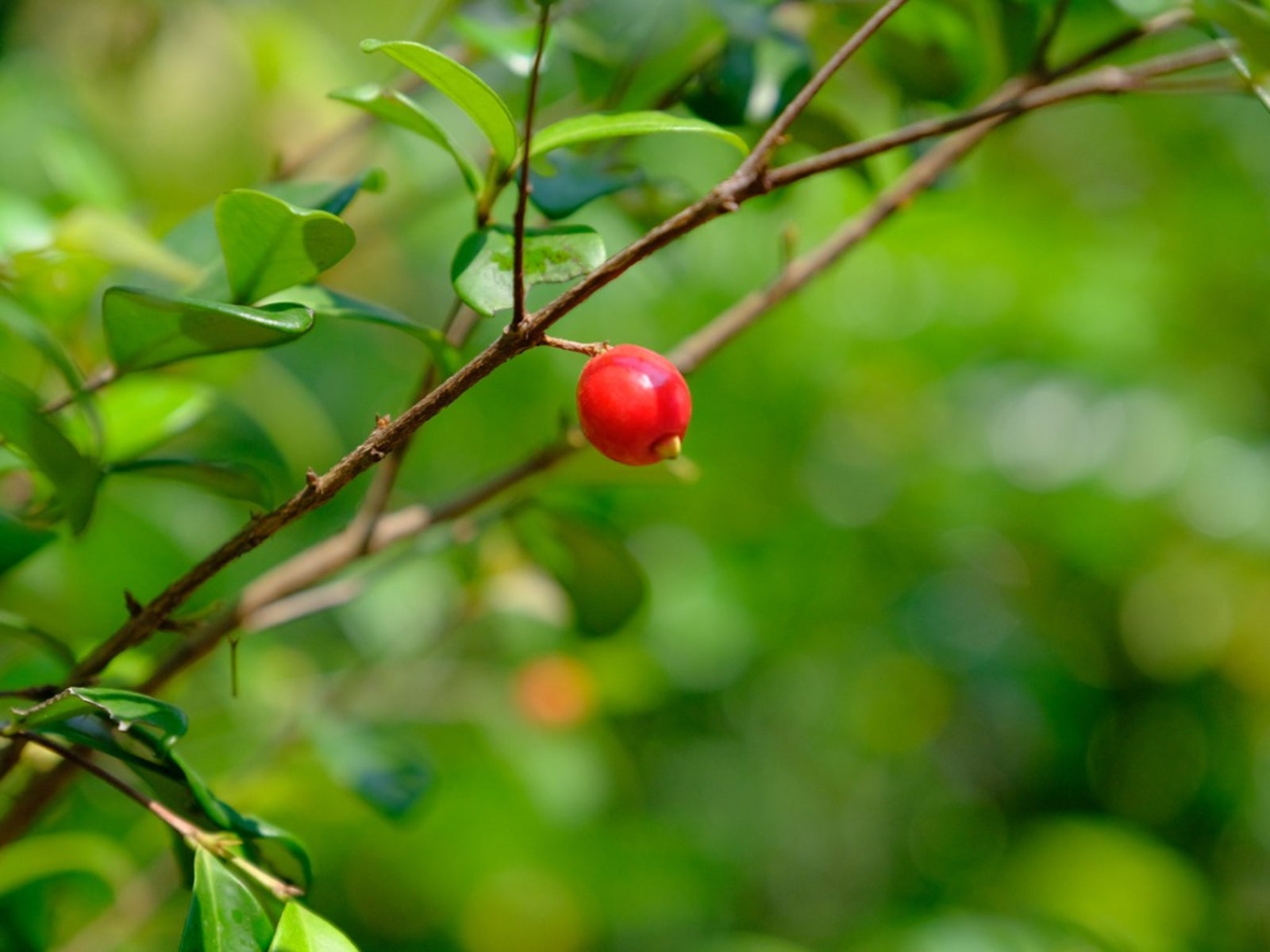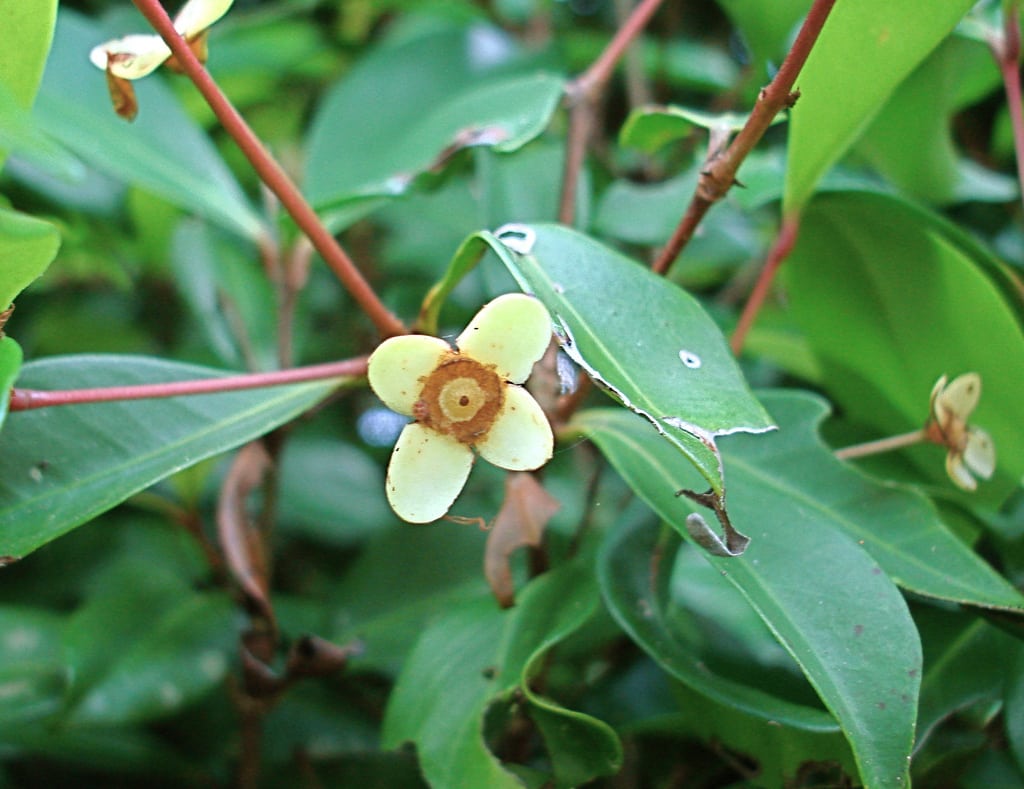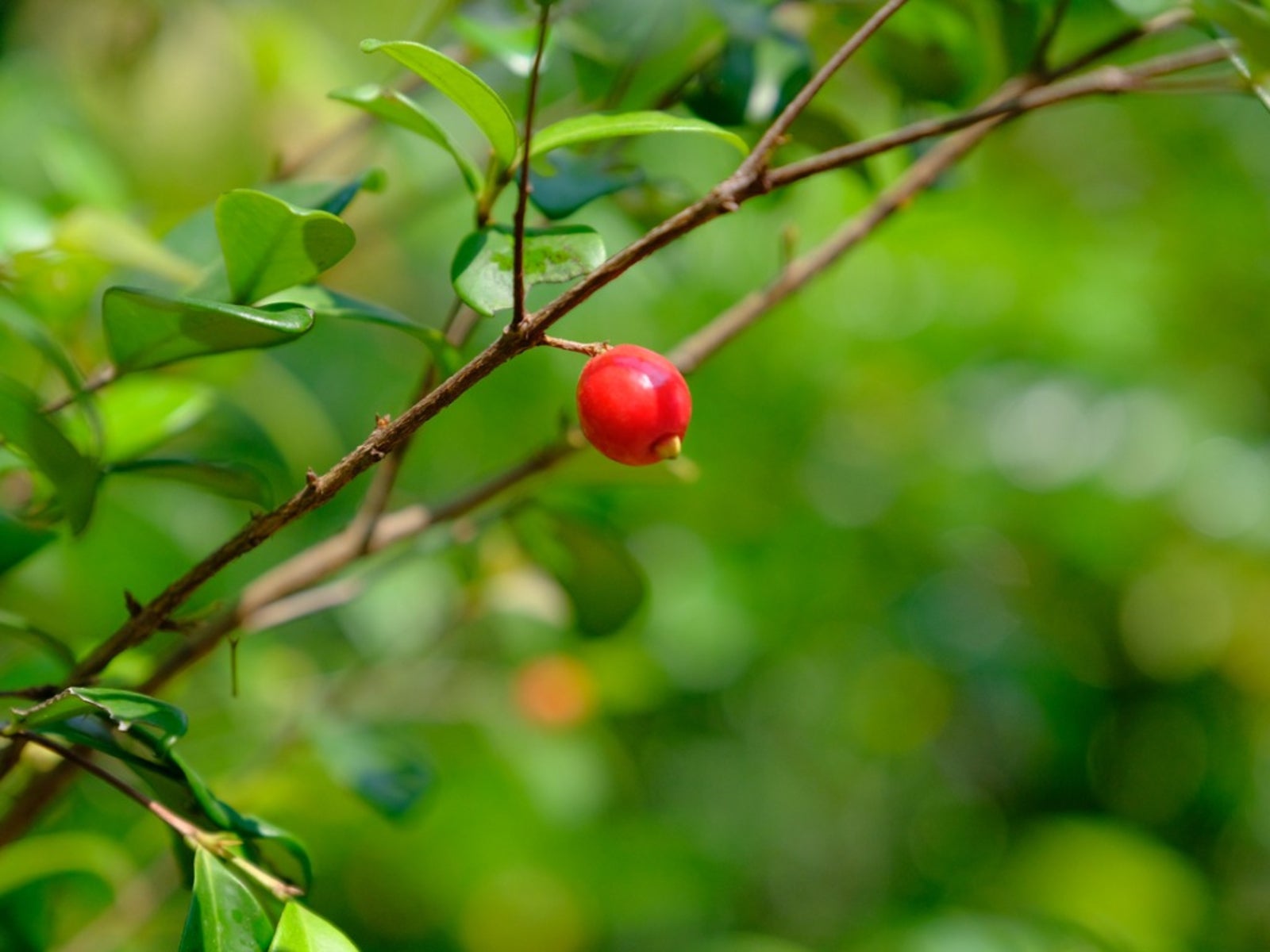Eating Beach Cherries: Can You Eat Beach Cherries From The Garden

Natives of Australia will be familiar with the cedar bay cherry, also referred to as a beach cherry. They produce brightly colored fruit and can be found not only in Australia but in the tropical rainforests of Indonesia, the Pacific Islands, and Hawaii. Certainly, the fruit gives the plant an ornamental look, but can you eat beach cherries? If so, besides eating beach cherries, are there other uses for beach cherries? Read on to find out if beach cherries are edible and if so how to use them.
Are Beach Cherries Edible?
Beach cherries, Eugenia reinwardtiana, are members of the Myrtaceae family and are related to the lilly pilly berry (Syzgium luehmannii). Beach cherries are shrubs to fairly small trees that grow up to 7 to 20 feet (2-6 m.) in height. The fruit is a tantalizing red/orange with soft flesh surrounding a pit, much like a cherry (hence the name). Can you eat beach cherries though? Yes! In fact, they have a luscious, juicy flavor that tastes like cherry with a hint of grape mixed in.
Beach Cherry Uses
Cedar bay or beach cherries are native to eastern Australia where they are known as ‘bushfood’ or ‘bush tucker.’ They thrive in coastal and rainforest regions and are named after the Cedar Bay in the Daintree rainforest region, a protected, old growth rainforest and bay. In tropical regions, the fruit is sometimes cultivated but is more commonly found growing wild. While Aboriginal Australians have been eating beach cherries for hundreds of years, the fruit has more recently been popularized by people living in these tropical regions. High in antioxidants, the fruit can be eaten as a cherry fresh out of hand or used as a cherry and made into pie, preserves, sauce, and chutney. They can be added to fruit tarts, cakes, and muffins or used to top ice cream or yogurt. The cherries can be pressed to make a delicious sweet-tart juice for use in cocktails or smoothies or to flavor candy. Beyond its ornamental or culinary use, beach cherry wood is tough and makes great firewood. It was also used by the aborigines to make pestles and coconut husking stakes. Beach cherry can be propagated via seed but requires patience. It can also be propagated from hard cuttings, although this process is a bit slow as well. It does not tolerate cold temperatures and definitely does not like frost. Once established, beach cherry can be pruned to maintain shape and size and can even be trained to grow into different shapes, making it a popular ornamental garden shrub.
Gardening tips, videos, info and more delivered right to your inbox!
Sign up for the Gardening Know How newsletter today and receive a free copy of our e-book "How to Grow Delicious Tomatoes".

Amy Grant has been gardening for 30 years and writing for 15. A professional chef and caterer, Amy's area of expertise is culinary gardening.
-
 How To Make A Bouquet Garni Or Herb Bundle For Cooking
How To Make A Bouquet Garni Or Herb Bundle For CookingIf you’re a great cook, you may have made an herb bundle before. If this is a new idea, learn how to add sparkle and interest to your dish with a bouquet garni.
By Amy Grant
-
 ‘Coral Charm’ Peony Care For Sublime Semi-Double Peonies With Lush Salmon Pink Flowers
‘Coral Charm’ Peony Care For Sublime Semi-Double Peonies With Lush Salmon Pink FlowersPeonies are known for their soft baby pink or magenta tones, but if plushy coral blooms are your thing, here’s our guide to the ultimate ‘Coral Charm’ peony care
By Tonya Barnett
-
 Beach Cherry Pruning: Should You Cut Back A Beach Cherry Tree
Beach Cherry Pruning: Should You Cut Back A Beach Cherry TreePruning beach cherry plants is a great way to shape and tidy up this plant and also to keep it to a manageable size. This tropical plant fruits year round, so don?t be afraid to prune and trim at any time of year to get the shape you want. Learn more about its pruning in this article.
By Mary Ellen Ellis
-
 Beach Cherry Care – Tips For Growing An Australian Beach Cherry
Beach Cherry Care – Tips For Growing An Australian Beach CherryIf you live in a toasty region, you can start growing an Australian beach cherry tree outdoors. But gardeners everywhere can add these trees to their container garden collection. If you are interested in growing one, we?ll give you tips here.
By Teo Spengler